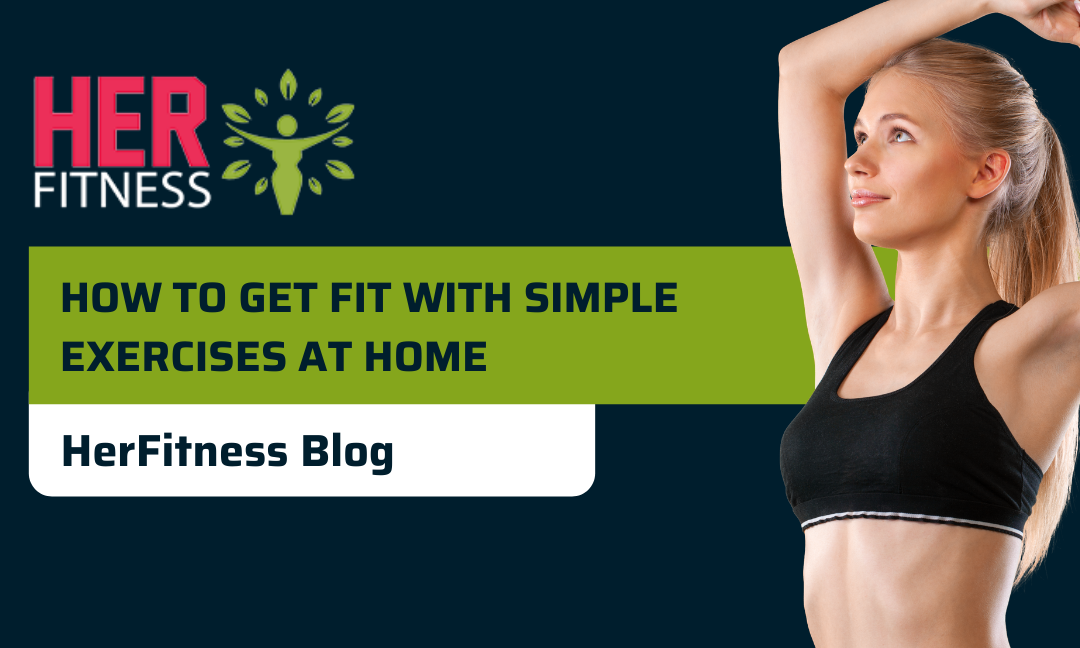Staying fit in times of corona isolation: It can work, even in your own four walls. You can even improve your level of training with a few simple exercises.
Fitness studios: closed. Sports halls: tight. Sports fields: also closed. The time of team sports is over. Everyone should reduce social contacts as much as possible to slow the spread of the coronavirus. But people want to keep fit.
The good news is: Even during a curfew, you can usually leave your home for walks or exercise – if you stay alone. This is the only way to avoid infection with the virus.
Important: listen to your own body
If you want to be on the safe side, you can also do an exercise program in your own four walls. It is important to set yourself goals that are challenging but not over-ambitious.
You can increase these goals when you feel that your physical performance is improving.
Training: holistic and pain-free
There should be no pain during training. If you strain muscles or tendons incorrectly, often only a doctor or physiotherapist can help.
In order to train the body holistically, you should do the following exercises for 30 seconds, then take a break of 20 seconds. Then the next exercise follows until all five are through. You then repeat this program three times a week, with two to four rounds each time, in order to gradually increase the level of the three load levels.
Pushups
If you can’t do pushups while lying down, try standing up. To do this, take a fitness band and wrap it around your upper back and under your armpits. Now push both ends of the tape forward with your hands. In this way you strengthen the muscles on the back of the upper arm and on the forearms.
On the second level of exercise, kneel on the floor and bring your upper body forward in a horizontal position. The hands are flat on the floor, a little wider than hip width. The tips of your toes point to the ground, your heels up. Then you go with the tip of your nose almost to the floor and push yourself up again.
On the third level, stand about one meter apart with your legs together, for example, in front of a radiator that is about 80 centimeters high. With your arms open just under a meter, push yourself backwards and upwards and then relax again.
Upper body pull movement
As a beginner, you hang a fitness band around both door handles of a door. Wrap the two ends around your hands and stand far enough from the door that the tape is under tension. Then pull the band back with your arms and let it loose again. The elbows are kept close to the body.
A stronger band is used on the second level. As you pull, your elbows now go outwards. On the third stage, both ends of the fitness band are taken in one hand, so you need to use more force, and pull the band tightly past the torso.
Squat
Inexperienced people sit on a chair, put their feet hip-width apart, stand up and slowly sit down again. On the second level, you also take a weight in front of your upper body, for example two full water bottles. Finally, just touch the seat of the chair lightly and immediately push yourself up again.
Bridging
When bridging, lie on your back, bend your legs and place your feet slightly open with your heels. Now push the trunk upwards from this position and slowly lower it again. The buttocks do not touch the floor during the up and down.
At the second level, push your torso back up and then alternately lift your left and right leg. On the third, push yourself back up and lift one leg. With the other you push yourself up again and again and then let the trunk down again towards the ground.
Forearm support
In this exercise, also known as “plank”, you kneel down, bring your upper body forward in a horizontal position and place your elbows shoulder-width apart on the floor. The hands are close together, the feet are on tiptoe. You stay in this position for 30 seconds.
On the next step, lift your knees – and with them your torso – and push your legs through. On the third step, kneel down again, lift one arm and hold this position for 30 seconds. Then do the same with the other arm.
Myths about strength training by women
“Through strength training, I get huge mountains of muscles”
Many women worry about “looking like a man” quickly from strength training . But this fear is completely unfounded. Even men, who naturally have more muscle mass than women and can build it up faster, have to train continuously several times a week for several years and eat properly in order to look noticeably muscular.
If you do a comparable amount of training as a woman, you will of course also build up muscle mass, but the results will not be comparable to those of an average man , since your muscle building will be slowed down by your nature. More precisely, it is mainly the lack of testosterone that puts a stop to it.
While men have a testosterone level between 3.5 – 9.0 µg / l, women only get 0.15 – 0.55 µg / l. So men have 6 to 60 times as much testosterone in their bodies than women. [7] You see, as long as you do not start to feed you testosterone, you’ll also get any giant muscles .
A few women naturally build up an above-average amount of muscle mass – after all, there are always deviations from the norm. They then have an extraordinary basic constitution :
“I can lose weight quickly through strength training”
You may have heard before that strength training is also great for losing weight. It is then said that strength training itself consumes a lot of calories and the additional muscle mass also increases the basal metabolic rate, which means you would burn more calories on your own every day. “More muscle, less fat” is the motto. Unfortunately, some things are mixed up here. So in order:
It’s true that weight training burns calories; it’s a physically demanding activity after all. But the thing is that with a muscle-building workout, the bottom line is that you only really train for a fraction of the time : Of an hour in the weight room, 30 to 45 minutes are easily spent on breaks. It goes without saying that this does not push the calorie consumption into record-breaking heights. Expect around 300 to 400 kcal burned per workout. For comparison: an hour of strenuous cardio training consumes around 500 to 800 kcal. [9]
What about the higher basal metabolic rate?
This only increases by around 13 kcal per kilo of additional muscle mass – very little. [10] Of course, there are a few extra calories when that extra pound of muscle is working. And with every kilo of additional muscle mass it becomes more energy-consuming to move the body itself. But these two points are not of great importance either.
So you can say: Strength training and built-up muscles ensure that you burn additional calories, but that you will lose weight quickly through this alone is unrealistic. In addition, you need a surplus of calories to build muscle, i.e. you have to consume more calories than you burn. So you will not lose weight, but rather gain weight. By the way: muscles are heavier than fat, so your body weight can jump up without you becoming noticeably wider.
How do you solve this problem? After all, in the end you want to have a strong and lean body … The solution is two phases : After you have built up muscles and possibly a little fat in phase I, you start to get rid of the fat in phase II, using the muscles largely received.


Recent Comments